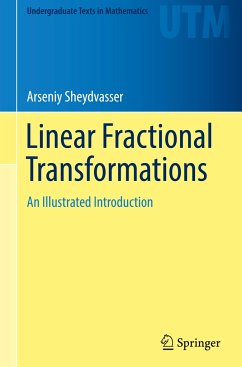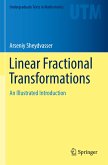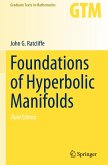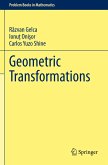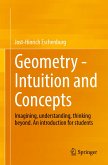The principle aim of this unique text is to illuminate the beauty of the subject both with abstractions like proofs and mathematical text, and with visuals, such as abundant illustrations and diagrams. With few mathematical prerequisites, geometry is presented through the lens of linear fractional transformations. The exposition is motivational and the well-placed examples and exercises give students ample opportunity to pause and digest the material. The subject builds from the fundamentals of Euclidean geometry, to inversive geometry, and, finally, to hyperbolic geometry at the end. Throughout, the author aims to express the underlying philosophy behind the definitions and mathematical reasoning.
This text may be used as primary for an undergraduate geometry course or a freshman seminar in geometry, or as supplemental to instructors in their undergraduate courses in complex analysis, algebra, and number theory. There are elective courses that bring together seemingly disparate topics and this text would be a welcome accompaniment.
Hinweis: Dieser Artikel kann nur an eine deutsche Lieferadresse ausgeliefert werden.
This text may be used as primary for an undergraduate geometry course or a freshman seminar in geometry, or as supplemental to instructors in their undergraduate courses in complex analysis, algebra, and number theory. There are elective courses that bring together seemingly disparate topics and this text would be a welcome accompaniment.
Hinweis: Dieser Artikel kann nur an eine deutsche Lieferadresse ausgeliefert werden.
"There are extensive recalls of group theory and set theory in the text, which are necessary to make the treatment of the topics clear and comprehensive. ... Throughout the book, much attention is paid to the proofs, moreover there are abundant illustrations and diagrams and explicit indications of the 'Philosophical principles' that inspired the author." (Francesco Laudano, zbMATH 1525.51001, 2024)

